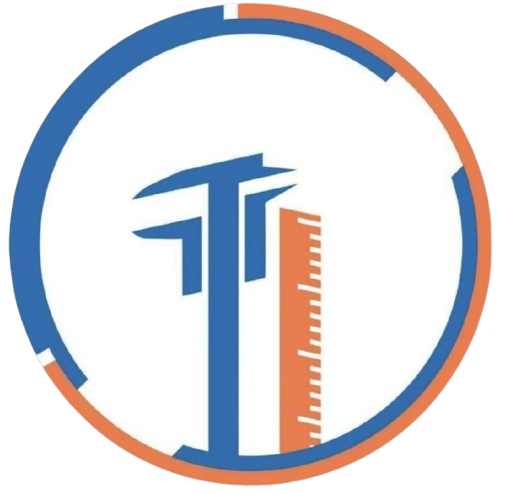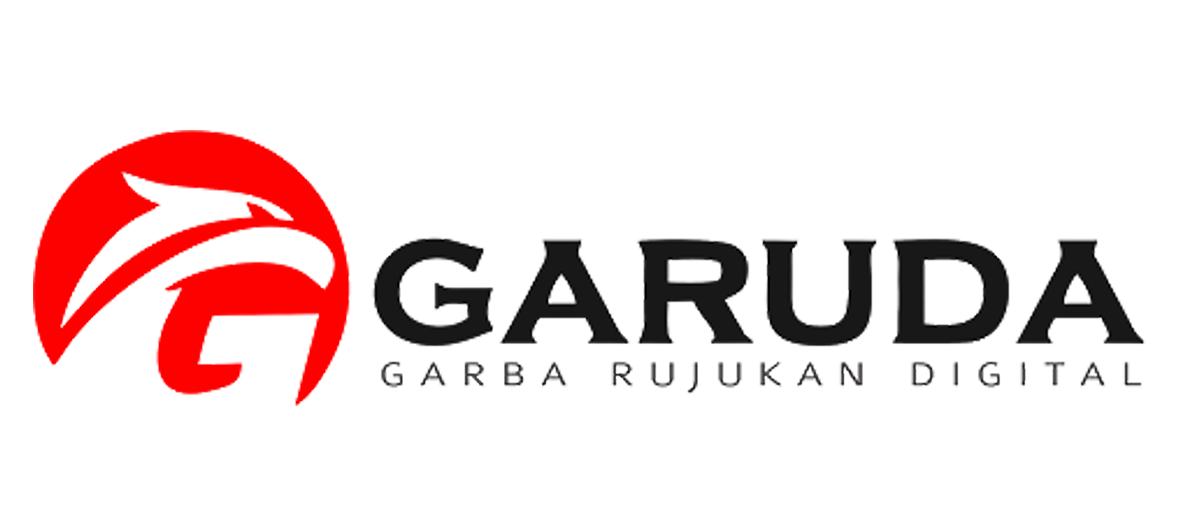Efisiensi Biaya dan Penjadwalan Proyek melalui Pendekatan Critical Path Method (Studi Kasus Pembuatan dan Pemasangan 1 Unit Standart Gilingan IV)
Keywords:
Acceleration Duration, Correlation Analysis, CPM, Critical Path Method, Efficiency, Influence, Regression Analysis, SchedulingAbstract
Manufacturing companies in Indonesia generally implement project management. The
purpose of implementing project management is to control the project being undertaken by the
company. In addition, the purpose of implementing project management at the company is to
minimize the delay in the process of project work.
To be able to determine the optimal time and cost efficient on a project, required a method. The
Critical Path Method (CPM) method is one of the methods that can be used to optimize the time
needed to complete the project in an efficient cost.
The result of CPM method implementation on the project of making and installing 1 unit of grind mill
IV, in order to get optimal time with efficient cost is done by adding the amount of labor and overtime
hours. With the addition of labor and overtime, the direct costs incurred increase. The direct costs
incurred for additional employment amounted to Rp 1,755,418,984.00, while the direct costs incurred
for additional hours overtime amounted to Rp 2,614,578,401.00. From the calculation of such direct
costs, it can be seen that it will be more efficient with the addition of the number of workers. After that
calculation of slope cost, and got optimal time for project work is 219 days with total cost Rp
5,860,789,447,32. Result of correlation and regression analysis, got value of influence of labor cost
to total cost is equal to 94,4% while machine cost effect to total cost is equal to 97,8%.









